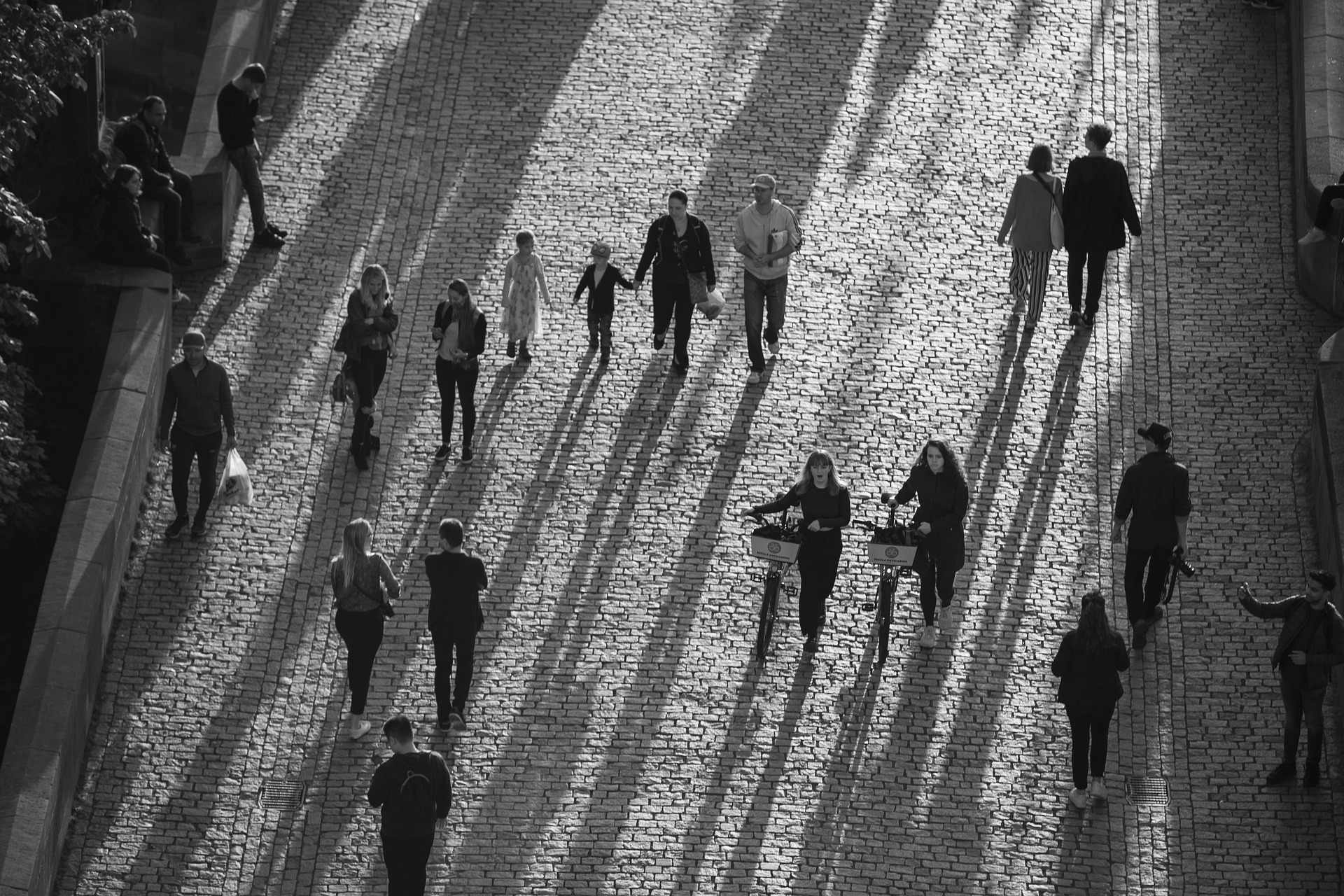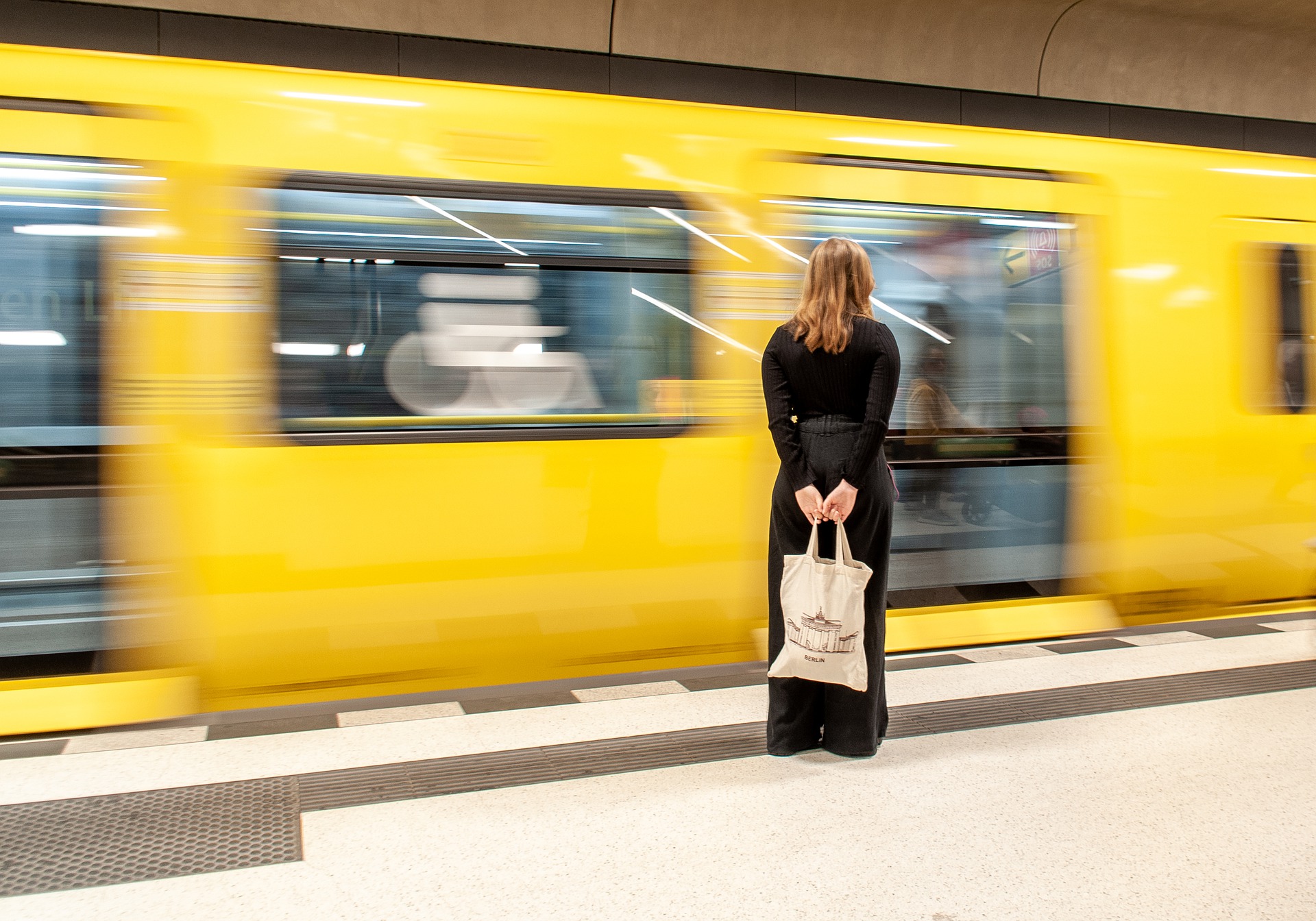

What is sustainable urban development made of, Henna Helander?
When thinking about sustainable urban development, using sustainable materials in new buildings is what often comes to mind. But there is more – if the existing buildings have potential or even structures that could be saved, why not use them by refurbishing or transforming them into something different, even in a wild way?






